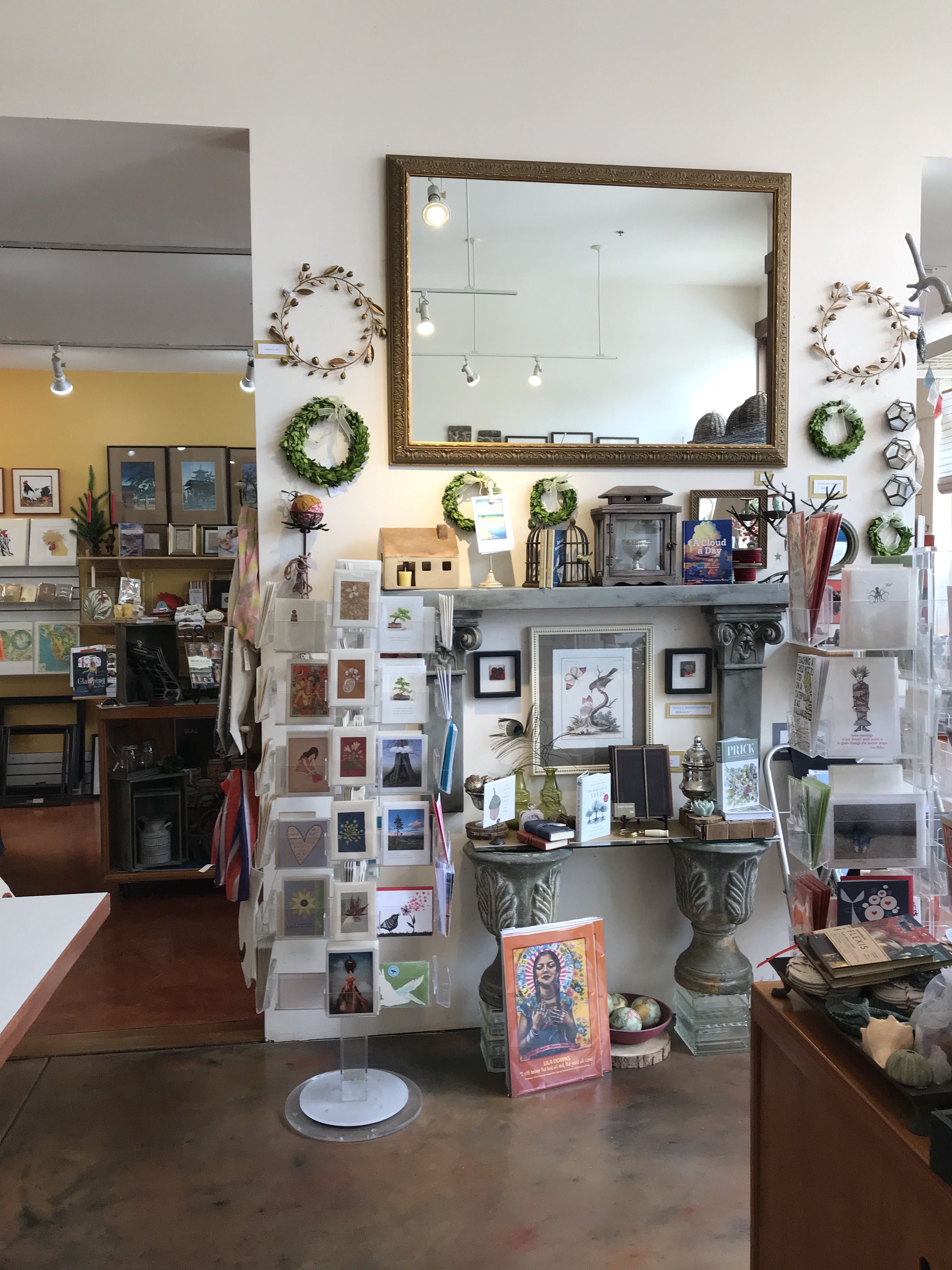On October 26, 2021, I waited in line at the Mendocino Coast Clinic’s mobile vaccination clinic to get my Covid booster shot. When it was my turn, I handed my card through the car window to a young woman who filled out the date and dose and returned it. I tossed it on the passenger seat and moved forward to get my shot. From there, I drove to the designated parking area to wait the required 15 minutes. As I put the card in my wallet, I noticed the date of my first vaccine—February 23rd.
That couldn’t be.
That. Could. Not. Be.
***
In the early days of the Covid vaccination clinics, none were offered on the Mendocino Coast. People urged me to go inland—to Willits (an hour away) or Ukiah (an hour and a half away), even Santa Rosa (two and a half hours away). One person suggested getting “aggressive” in my quest to get myself and my husband vaccinated. What they didn’t realize, what I didn’t share, is how increasingly disabled Gary had become over the past year. There was no way he would be able to tolerate what I termed a cattle call, traveling such distances only to wait in line with dozens of people. I didn’t have the luxury to be “aggressive.”
Eventually, a friend learned of a vaccination event at Mendocino High School on February 23rd—only a 15-minute drive—and signed me up. My appointment was at 1:00. I arrived at 12:45. Because the school’s parking lot is quite small, I parked on the street at the bottom of the hill. It was a cold day, made colder by the biting wind. I’d put on a sweater, wool suit jacket and scarf. I was going to bring a heavier jacket, but decided against it, figuring the time from leaving my car to entering the gym would only be a matter of minutes.
Near the base of the hill, I was stopped by the end of a line, which by my calculations was a good 10 miles from my destination. I wanted to scream, “What’s going on here? I have an appointment for God’s sake! Don’t tell me these people were all booked for the same time!” I settled myself with the reminder that I’m not the only person in the world, that these people suffered my same predicament and maybe the line would move swiftly.
I pulled out my phone and began playing crossword puzzles—the equivalent of sucking my thumb whenever I have to wait. As the line moved slowly—as in snail pace slowly—the air grew colder and the wind more insistent. For the first time ever, I was able to relate to the valiant hikers who struggle against the elements to crest Mount Everest.
If you’ve never been to Mendocino High School—and I assume most of you haven’t—it sits atop one of the most pristine pieces of real estate along the California coastline with a 180-degree view of the Pacific Ocean. Such a shame to waste it in on snarky teenagers who by that time in life hate their small town and can’t wait to escape. If Jeff Bezos ever sees this school, he’ll figure out a way to capture it, tear it down, and turn it into either a rocket launching pad or one of his many luxury retreats.
During the two grueling hours it took me and my fellow hikers to get into the gym, my fingers grew numb from the cold and could no longer navigate the crossword puzzles. I silently cursed those who “organized” this event. They deserved to be punched in the face or at the very least publicly humiliated.
I realize this was early on in the vaccination effort and people were doing the best they could amid the chaos. That doesn’t mean I couldn’t have unpleasant feelings about enduring the hardship of freezing for two hours without snacks or a porta-potty.
When I finally entered the warm gym lobby, I wanted to drop to my knees and weep with gratitude, but feared any tears would freeze to my frostbitten face. A young man asked my name. When he checked his iPad, his brow furrowed. “You’re not in the system.”
I nearly shattered into a million pieces.
I was cursed with two names—Kathleen is my given one, Kate is my nickname. I had said Kathleen. After I said Kate, he looked again and found me. I nearly leaped over his table, grabbed him by the shoulders and kissed him on the mouth.
Inside the gym, an acquaintance who was a volunteer beckoned me to her table where she filled out and gave me my vaccination card. I wallowed in euphoria for the few moments it took her to hand me a slip of paper and say, “You’ll have to check this website in a couple of weeks to register for your follow-up shot.”
What?!?
What?!?
Every person I knew had their second shot scheduled when they received their first. What sins was I atoning for that forced me to suffer this horrendous ordeal? I took a deep breath, thanked her without meaning it and moved forward to the designated waiting area.
After about five minutes, a nurse called me to her station. She started to chit chat. My jaw was still thawing from the cold and I could neither chit nor chat. She said she’d heard my name before. I’ve been told I’m practically a local celebrity, but wasn’t in the mood to sign autographs. She wouldn’t stop asking me if I knew this person or that in hopes of finding a mutual connection. I wanted to scream, “There’s a thousand people out there freezing to death. Give me the blasted shot and get on to the next one.”
I sat the in 15-minute waiting area and didn’t faint or die. As I walked down the hill past the poor, blue-lipped, shivering peons, a woman about my age appeared at my side. “Well, that was a f-ing shit show,” she said. Ah…a kindred spirit. We walked together, volleying the F-word back and forth. At the bottom of the hill, we parted and she said, “I’m going home to smoke a big, fat doobie.” I flashed her two-thumbs up.
My memory is that I went home to rant and rave with Gary about Covid, about how it was ruining our lives, about how the government was bumbling the vaccination rollout—maybe even about what the hell we were going to eat for dinner. We eventually soothed our rage by watching “Judge Judy” which routinely allowed us to criticize stupid-ass people and going a long way towards boosting our self-esteem.
***
As I put my October 26th updated vaccination card in my wallet, I realized I couldn’t have come home to Gary on February 23rd.
He entered the hospital on February 10th where he spent the following three and a half weeks. He and his doctors struggled to find ways to allow him to survive before finally surrendering and he made the noble decision to come home to die. It was Covid Time. He was in Adventist Hospital Saint Helena, three hours away. I wasn’t allowed to be there, but was in telephone contact with him and the staff several times a day. It was a deeply traumatic experience—for him, for me, for our family.
Looking back, I realize the trauma of Gary’s last weeks sent my mind into another dimension with little sense of space and time. I believed I handled everything in my usual take charge manner, but now know I was living a surreal existence.
How on earth could I remember Gary being here on February 23rd when he’d been in the hospital for 13 days?
I suppose it was because for 46 years, Gary had always been with me. He was my sounding board. I didn’t always agree with his feedback—especially when he told me to calm the hell down—but I valued my ability to ask for it. How was it possible he wasn’t here when I returned nearly hypothermic from standing so long in the cold, after being told I’d have to check a website in a few weeks to schedule my second shot? How was he not here to agree that we live in such a terrible time, that Covid has completely screwed up everything, and we couldn’t take it anymore?
How?
I know for certain I would not have called Gary to complain while he was fighting for his life in the hospital. So, who did I rant to? I honestly cannot remember. Probably to my poor daughter and son-in-law who were with me during this time. Probably over the phone to my sister who was always available to listen to my tearful rages.
Fear for my mental health sent me to the internet to do a bit of research. I was relieved to discover that my experience isn’t unusual for someone who has experienced trauma. It’s called false memory.
According to the website “healthline,” (www.healthline.com/health/false-memory#overview), “[False memories] range from small and trivial, like where you swear you put your keys last night, to significant, like how an accident happened or what you saw during a crime.”
As time goes by, I’m sure I’ll uncover more false memories from this time. As for this particular one—and as strange as this might sound—it comforts me that even though Gary wasn’t here to commiserate with after I got home from the Mendocino debacle, I was able to spend several months believing he was.




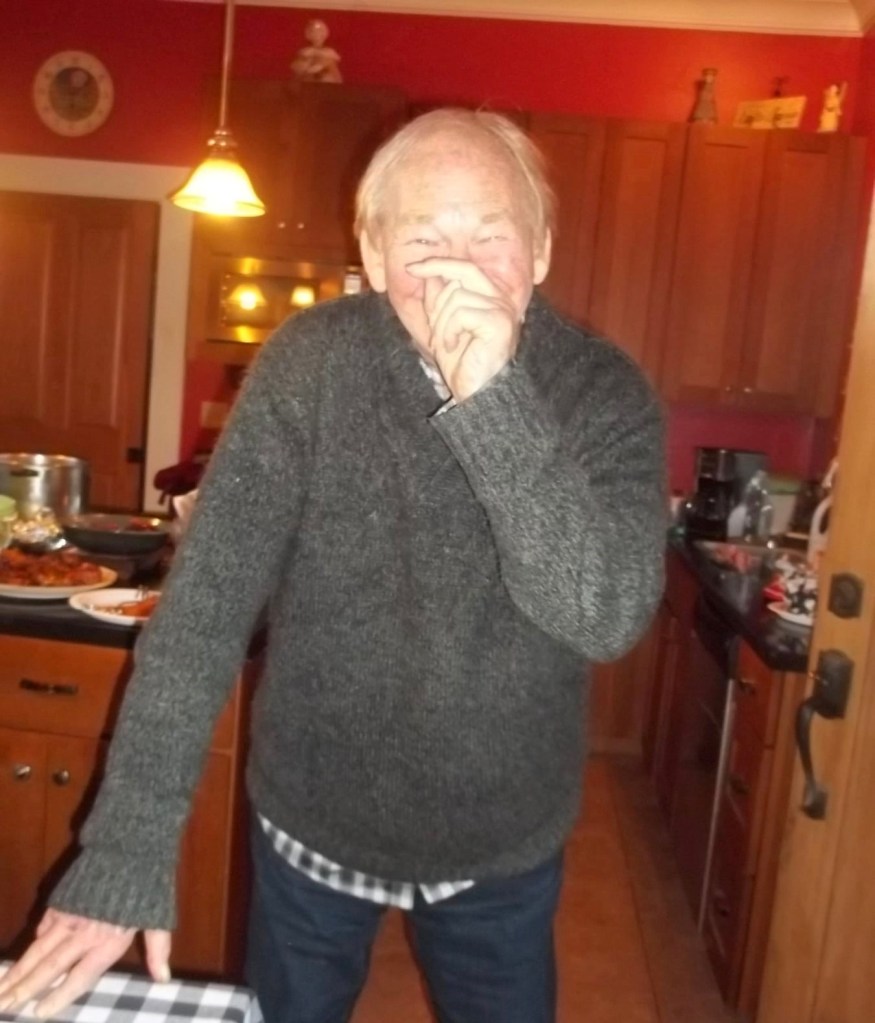
 When I first spoke with Justine about her yoga studio and related businesses, I was impressed by her wealth of education and experience. Since leaving the Mendocino Coast several years ago, she’s lived in a number of places around the world, yet chose to return and settle here with her family. You can read her original interview here:
When I first spoke with Justine about her yoga studio and related businesses, I was impressed by her wealth of education and experience. Since leaving the Mendocino Coast several years ago, she’s lived in a number of places around the world, yet chose to return and settle here with her family. You can read her original interview here: 
 When I interviewed Stevie nearly four years ago, I was impressed by her dedication to the legacy of her family’s business.
When I interviewed Stevie nearly four years ago, I was impressed by her dedication to the legacy of her family’s business. 



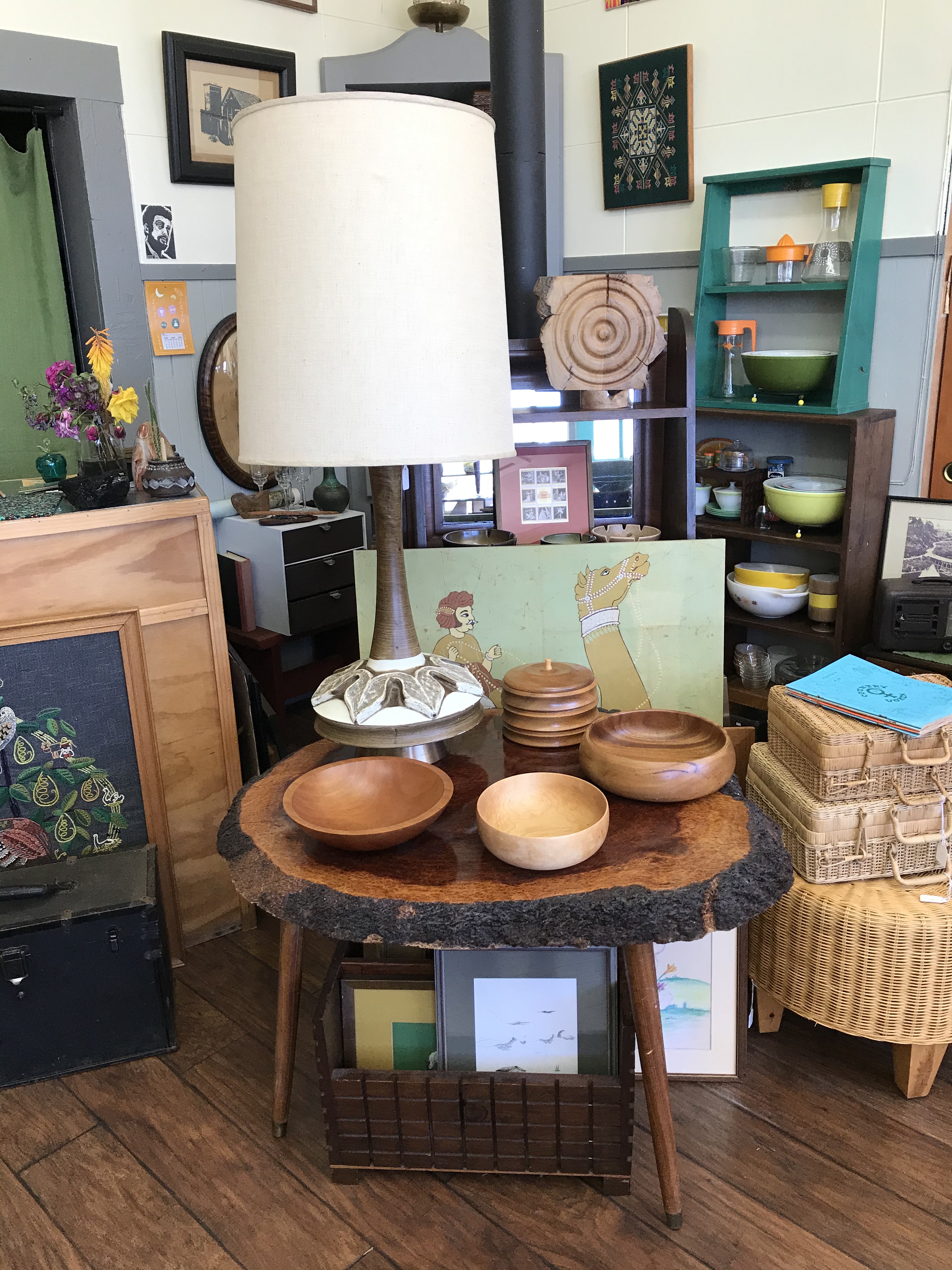

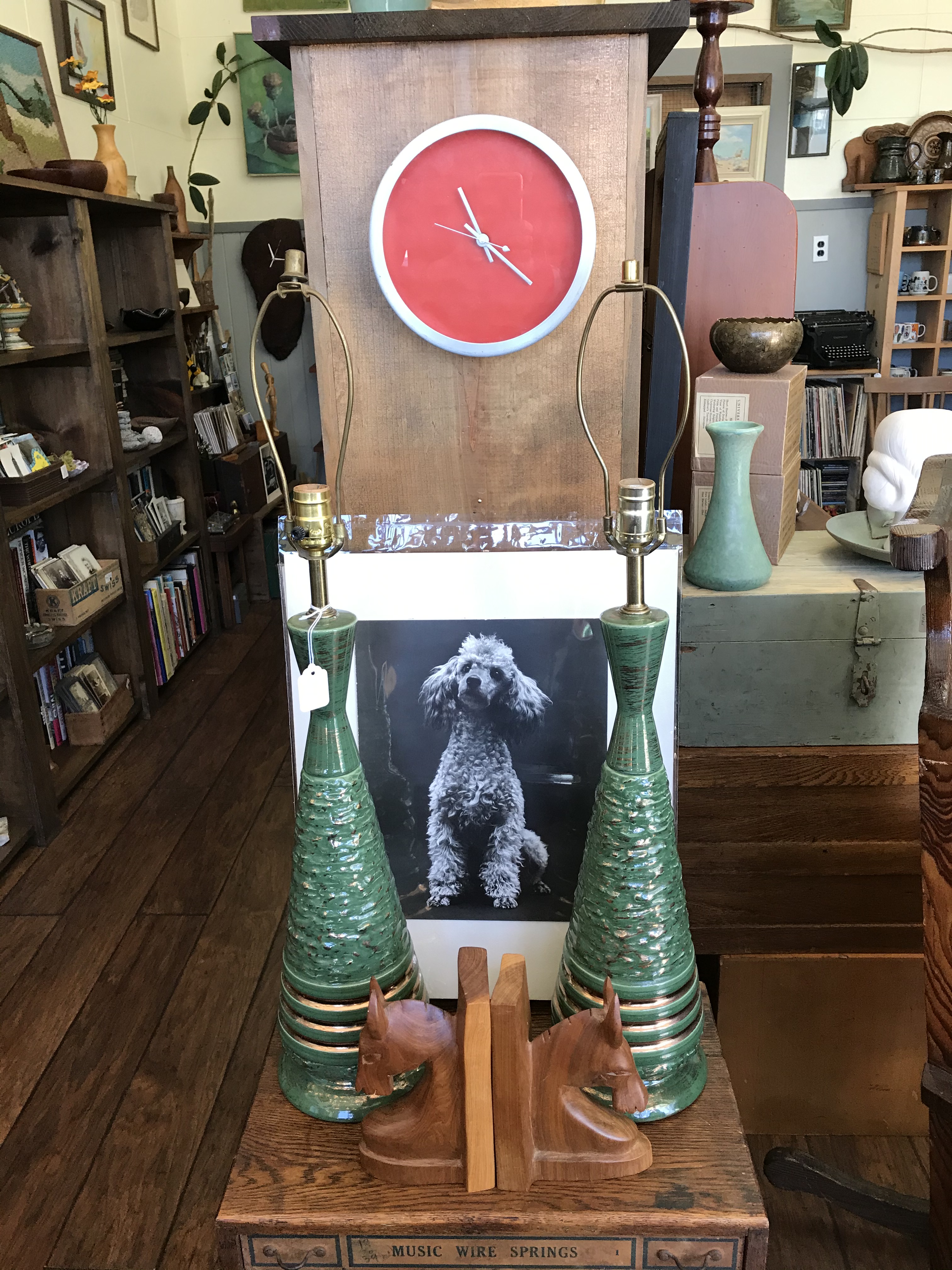


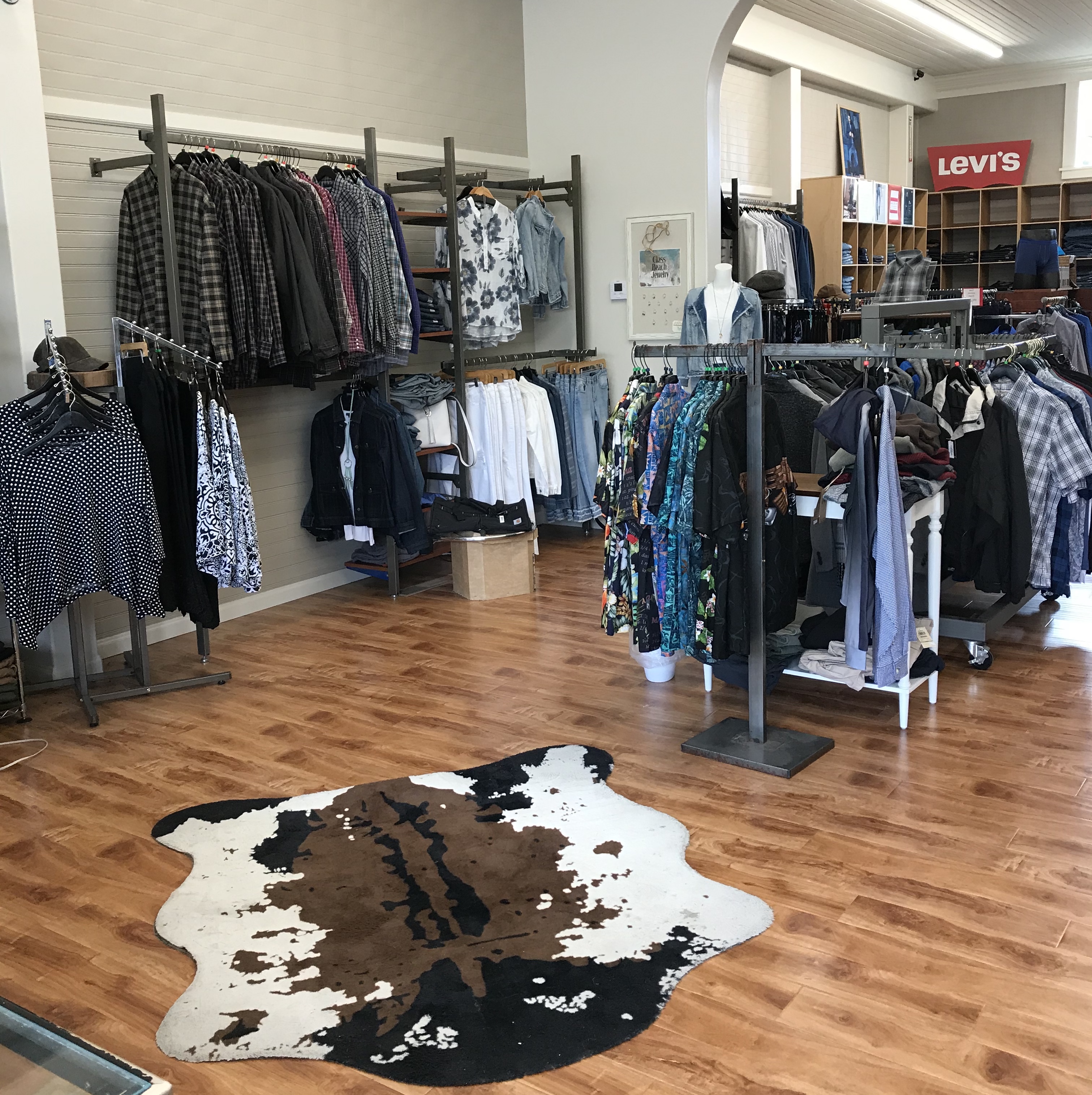


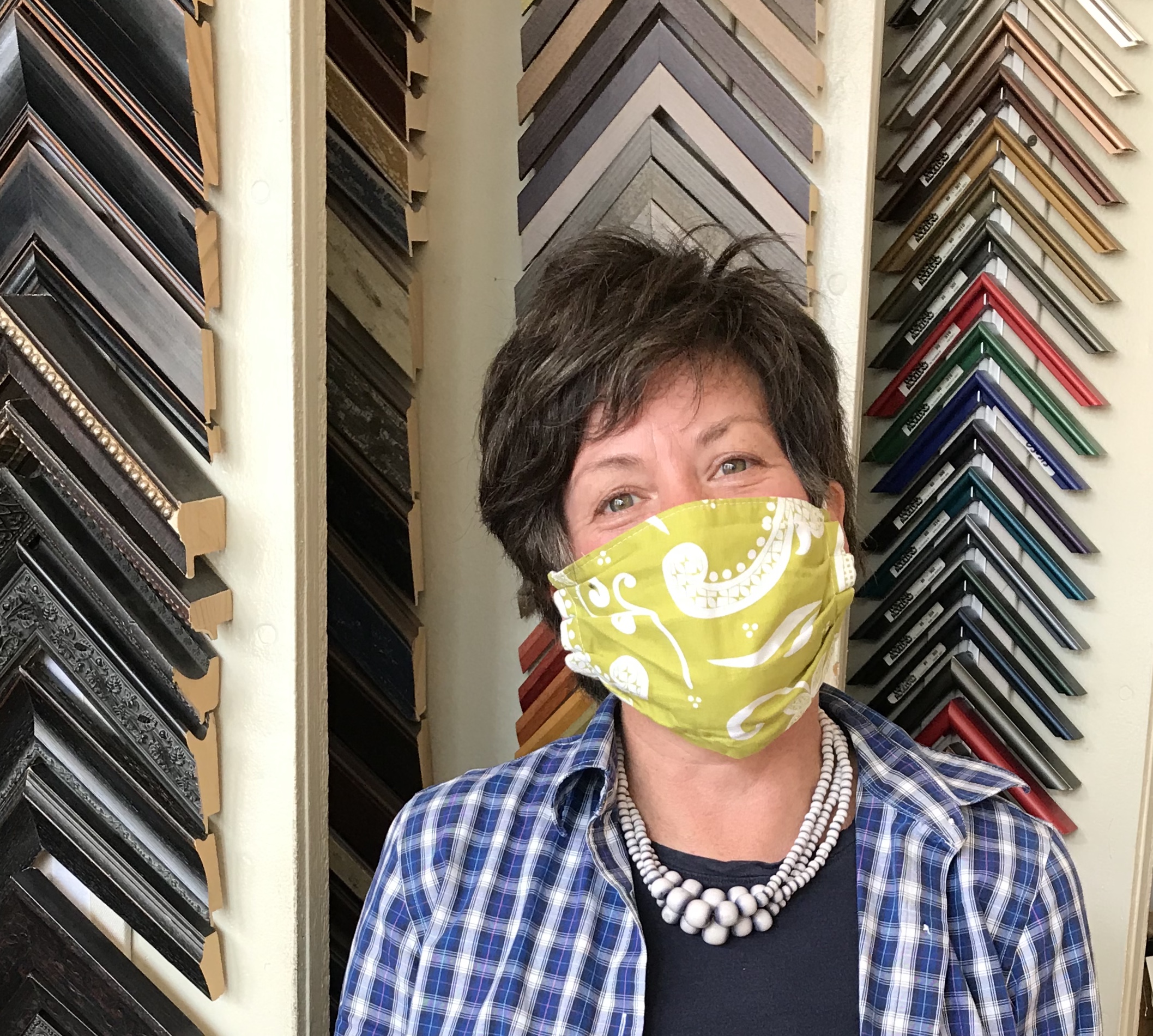 I met Sarena in 2017 when I interviewed her for my blog. She had recently purchased the Frame Mill Art Works. As a first-time business owner, she worried about her ability to succeed. Despite the challenges of learning to run a shop, she’s seen her business grow and is happy she made the decision.
I met Sarena in 2017 when I interviewed her for my blog. She had recently purchased the Frame Mill Art Works. As a first-time business owner, she worried about her ability to succeed. Despite the challenges of learning to run a shop, she’s seen her business grow and is happy she made the decision. 
